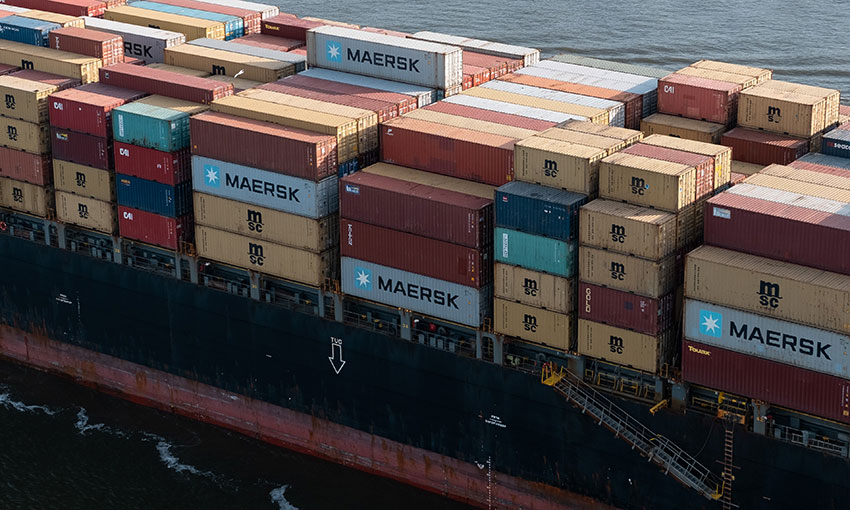
As the market strengthened after the initial Covid hit, there was a confluence of small carriers that started to deploy capacity, especially on the trans-Pacific trade, and major carriers that started to introduce services outside of the alliance networks, according to the latest release from analyst Sea-Intelligence.
The idea behind that deployment was to take advantage of the opportunity provided by the very high freight rate environment.
The graph shows this development across the Asia-North America West Coast trade lane.
“The addition of these non-alliance services meant that at the peak of the market, their market share had essentially doubled,” according to Sea-Intelligence.
“But as the freight rates began to drop in 2022, the share of non-alliance services also began to decline, and looking into 2023-Q1, they are poised to continue to decline. There is still more relative capacity operated by non-alliance services than before the pandemic, but if the rate of decline continues, this will revert back to pre-Covid levels before the end of 2023.”
Turning to the Asia-North America East Coast, there was a similar trend of increasing non-alliance capacity as the market initially strengthened.
“However, even though there is a distinct decline coming into 2023, there is no sign presently that we are about to go back to pre-pandemic levels,” the consultancy said.
“On the Asia-Europe trades, the non-alliance capacity has increased, but not materially, with no ability to handle material volumes as the figure is around 2%-5%. However, on Asia-Mediterranean, there are no signs of non-alliance services reducing their market share in 2023-Q1.”

